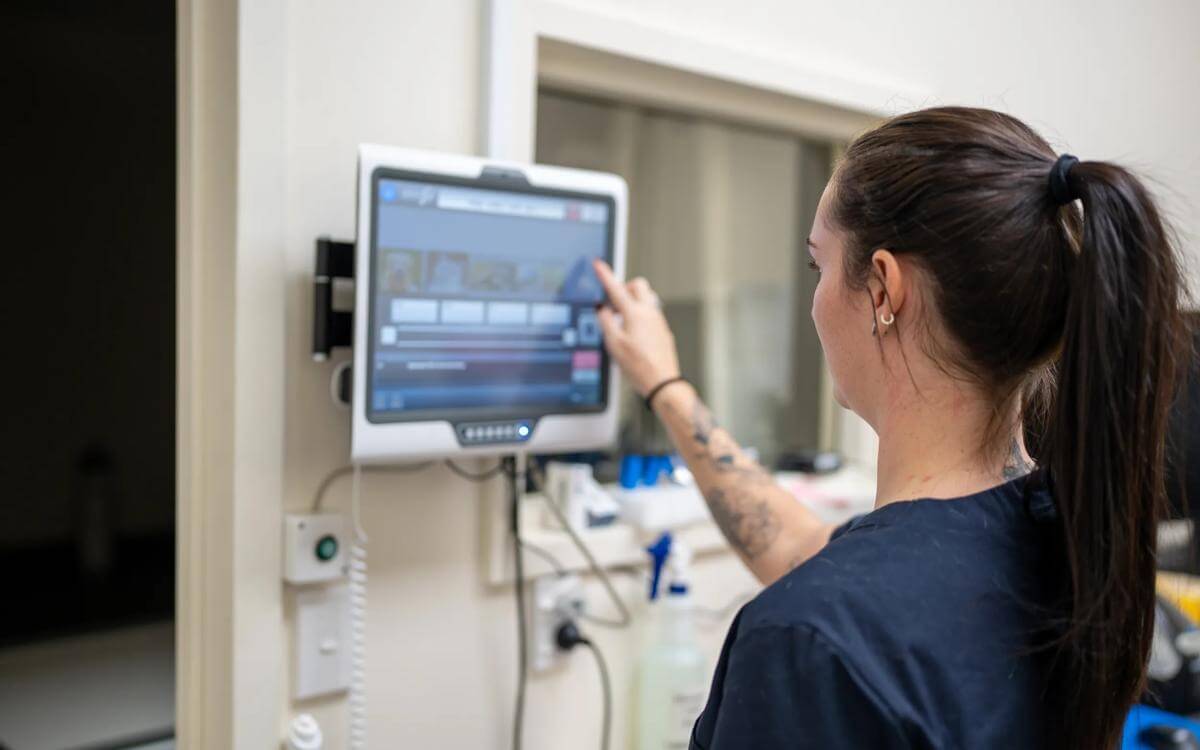R&D Agreements: why one size doesn’t fit all
“Research and development” or “R&D” often invokes the concept that these activities are non-commercial or non-profit-making in nature, often due to the internal or grant funded nature of many projects.
“Research and development” or “R&D” often invokes the concept that these activities are non-commercial or non-profit-making in nature, often due to the internal or grant funded nature of many projects. The result of this is that R&D agreements are often not subject to hard negotiation and do not specify the same bottom-line deliverables required in commercial supply contracts. What is often seen, is that the agreements setting out each party’s rights and obligations in connection with these innovative and potentially IP-generating activities are often neglected. Common examples of this neglect include:
- starting from the wrong form of agreement;
- unclear drafting of terms;
- omitting key terms setting out each party’s rights and obligations and instead including agreements to agree;
- the parties failing to appreciate the importance of agreeing at the outset how each of them will own, use and exploit results and IP;
- the parties failing to include written terms specifying how a party may engage third parties e.g. sub-contractors and/or consultants.
Organisations undertaking R&D should:
- have in place bespoke agreements for high-value R&D collaborations with potential IP-generating activities; and/or
- adopt a set of precedent R&D terms which reflect the type of activity undertaken as well as the organisation’s approach to risk.
Research-intensive organisations such as academic institutions would benefit from investing in a set of precedent R&D agreements which can be drawn down as needed by their own legal services staff. These precedents, when used together with drafting notes and a risk matrix, would potentially streamline the contracting process as well as reducing overall risk to the organisation as it would generally contract on the same terms.
Why sub-contracting presents a significant risk
Software development and particularly mobile application development is typically outsourced. This may be to an individual, SME or larger corporate. Regardless of the size or scale of the project, the risks apply to each. We have identified three key risks to R&D activity which apply when contracting with third parties.
- Contractual restrictions. Does any primary R&D agreement permit the sub-contracting of certain rights and obligations?
- Contractual liability limits. If you are sub-contracting, is your contractual liability limit under the primary R&D agreement greater or less than contractual liability limit the sub-contractor has to you?
- Contractual IP provisions. Do you have all necessary rights and licences to intellectual property rights created under the sub-contract?
Taking each in turn:
- Contractual restrictions on sub-contracting
- Sub-contracting may be prohibited under the terms of any primary contract or it may be permitted subject to conditions (e.g. consent).
- Should you enter into a sub-contract in breach of the terms of the primary contract, you will be potentially subject to a claim from that other party which may result in you paying damages to them.
- It is common for agreements to contain provisions which state that the party sub-contracting (whether in breach or with consent) remain liable to the primary contract holder for all acts and/or omissions of its sub-contractor.
- The effect is you are not only potentially liable for those acts and omissions of your own organisation but also those of the sub-contractor, which could have significant financial consequences. To manage this risk, we advise ensuring that the terms of any sub-contract mirror the terms of the primary contract.
- Contractual liability limits
- By way of example, a reciprocal liability limit under the primary contract to a value of £100,000 and a reciprocal liability under the sub-contract to a value of £50,000. The difference may be down to the bargaining position of the parties or it may seem pragmatic to cap liability to the contract value. The sub-contracted services are typically only a portion of the whole contract value, meaning there is often a difference between the amount of damages recoverable under the two contracts.
- If the sub-contractor fails to perform its contractual obligations and as a consequence there is a failure to perform the terms of the primary contract (the consequence which may be a significant impact on project delivery), the contractor is on the hook for up to £100,000 for breach of contract but would only be able to pursue a breach of contract claim against its sub-contractor for half of this (£50,000). The non-defaulting party has then suffered financial loss through no direct failure of its own.
- When agreeing the terms of the sub-contract, the liability limit should (where possible) mirror the liability limits of any primary contract. If this is not possible, the contractor should consider the potential financial consequences under the primary contract if the sub-contractor fails to perform. This is a sensible starting point at which to negotiate a more balanced liability limit.
- A further option would be to carve out specific risks, which, if that risk materialised, would have a significant impact on project delivery, and agree higher limits of liability in connection with claims arising under those specific risks.
- By way of further example, R&D agreements often include an indemnity provision in favour of one party from the other. This indemnity may be limited to certain events, but it is generally a broad indemnity which has the potential to cut across agreed limits of liability. Further, many organisations will carry insurance cover should it be subject to any claim. The specific terms of insurance would need to be checked but it is possible that contractually agreeing to a blanket indemnity against a third party1 may invalidate the terms of the insurance. What this means is that in the event of a claim, the organisation’s liability may not only exceed the value it derived under the contract, but it may not be able to recover its losses under its insurance. This means the organisation must meet these losses from its cash reserves, which could adversely impact business operations and cash flow.
- Contractual IP provisions
- The most common IP right often overlooked in contracts is copyright. Copyright attaches to expressions of ideas and not ideas themselves. It comes into existence at the time it is physically recorded (this is not limited by the media in which it is recorded) and the work must be original.
- Copyright is the most relevant IP right for mobile applications. Copyright exists in both source and object code as well as any API or display (amongst others). Commissioned works (e.g. the payment by one party to another to develop a mobile application) do not automatically mean that the commissioning party owns the IP. It is the author (or their employer) who owns the copyright unless otherwise agreed in writing. This risk of IP not being owned by the commissioning party should be addressed by ensuring appropriate written terms are agreed between the parties at the outset.
- Software developers will typically use third-party software (proprietary or open source) to produce the product it has been commissioned to produce. There is often an assumption this use is not subject to any third-party restrictions. This risk should be addressed by putting in place appropriate written terms where the commissioned party make certain factual statements regarding their rights to use any third-party IP (e.g. they have all necessary licences and permissions), and that they will not provide any product (or project deliverable) which infringes the rights of a third party.
- If these statements turn out to be untrue, there is a right to claim against the sub-contractor for breach of warranty and to seek damages. IP litigation can be expensive, and any damages-based award will usually be subject to the agreed liability limit. To address this risk, the commissioning party should seek a written indemnity from the sub-contractor which is triggered should there be any claim against the commissioning party by a third party for IP infringement. This indemnity should not be subject to the general liability limit. Ideally the indemnity value is uncapped but, if this is not possible, a sensible starting point is the value of any insurance cover.
Conclusion
It is important when undertaking collaborative R&D with technological applications to put in place proper written terms addressing risks presented by that specific project. For example, whilst copyright and IP will be fundamental to a project which has a deliverable in the form of a mobile application, other R&D projects may have different risks such as regulatory or ensuring the protection of confidential information and know-how.
1 E.g. an insurance policy may only cover costs and expenses incurred by a third party for certain events, such as a third-party claim for intellectual property infringement or damage to tangible property caused by a third party. Further, the terms of insurance will usually require that the party seeking to benefit from the indemnity complies with certain conditions including: notifying the indemnifying party promptly upon becoming aware of the claim; making no admission of liability of settlement; providing all reasonable assistance in the defence of any claim; and allowing the indemnifying party full conduct of claims in any proceedings.
Contact

Mark Hickson
Head of Business Development
onlineteaminbox@brownejacobson.com
+44 (0)370 270 6000








































